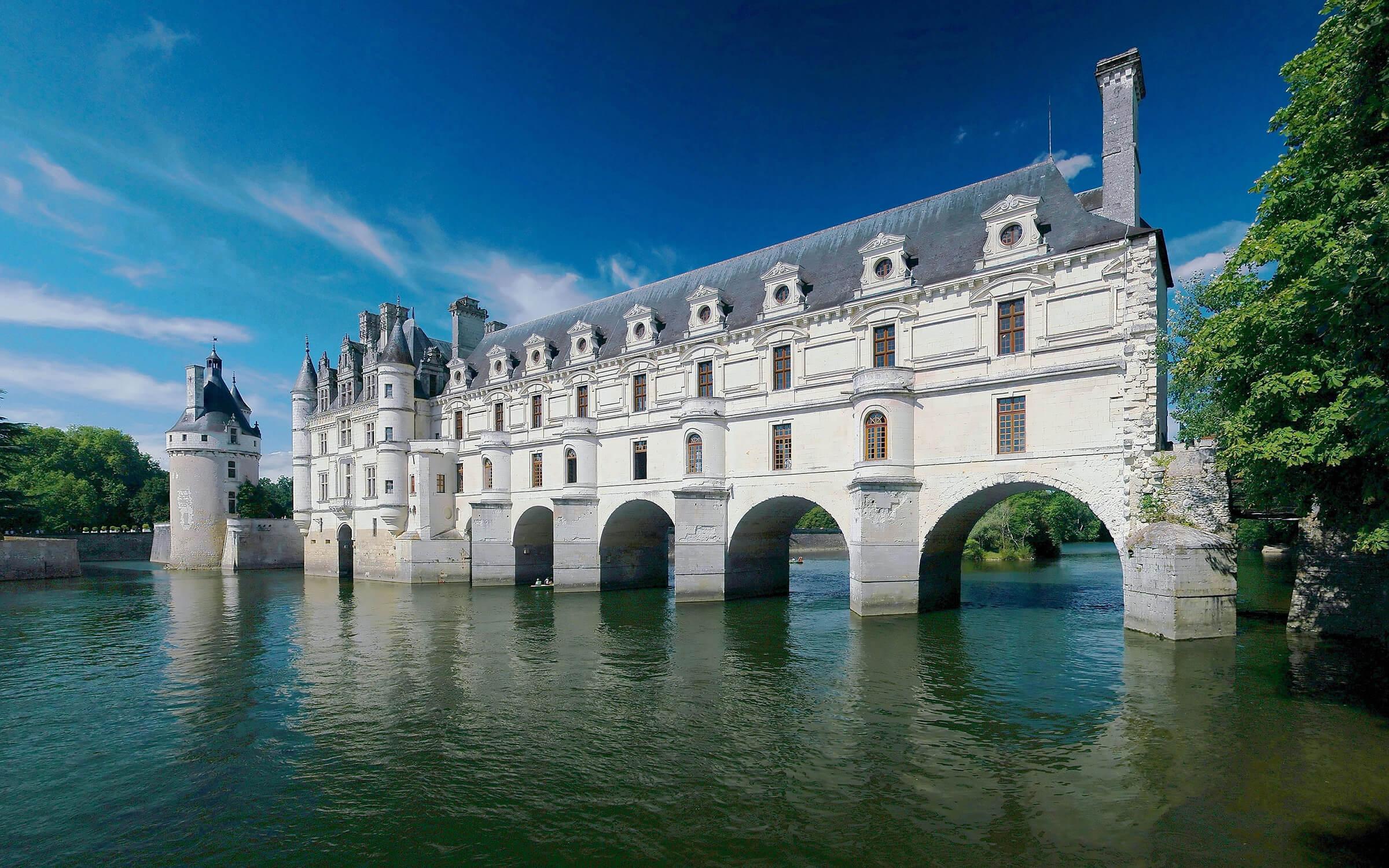![]()
 Dotted with châteaux (castles) and besought by war, the history of the Loire Valley is long and involved—too long and involved to do justice to in a single blog post.
Dotted with châteaux (castles) and besought by war, the history of the Loire Valley is long and involved—too long and involved to do justice to in a single blog post.
In the interest of brevity, we’ll focus our history lesson on the period when most of the region’s fortresses and châteaux were built.
Loire Valley History:
The Dauphin and The Hundred Years’ War

In 1420, after England had won some important battles during the Hundred Years’ War (1337–1453) and gained control of most of northwest France, the English and French signed the Treaty of Troyes. This treaty would allow Henry V, King of England, to become king of France when Charles VI, the current king, died.
Both Henry and Charles died at about the same time, however, so Charles’ son, Charles VII, proclaimed himself king instead, although the French would not recognize him as king until he was crowned in the cathedral in Reims, which was then under English control. So the Dauphin (as the uncrowned heir to the throne was known) hid out in the Loire, where the population was loyal to him.
The Garden of France
Far from the constantly shifting borders between France and England, the Loire was safe for the Dauphin. It was also an easy place from which to run the country, as the Loire River was navigable 10 months of the year, and therefore a very important travel route at a time when roads in France consisted of uneven dirt tracks.
Thanks to the trade that the river made possible, the Dauphin was able to enjoy the produce of his kingdom almost year-round: the blueberries of Orléans, the asparagus of Blois, the cabbage and plums of Touraine and the pears of Anjou.
The Dauphin also enjoyed living in the Loire because of the prevalence of excellent wine grown there. Thanks to the long-standing presence of royalty and aristocracy in the Loire Valley, it is said that the purest French is spoken in the Loire.



